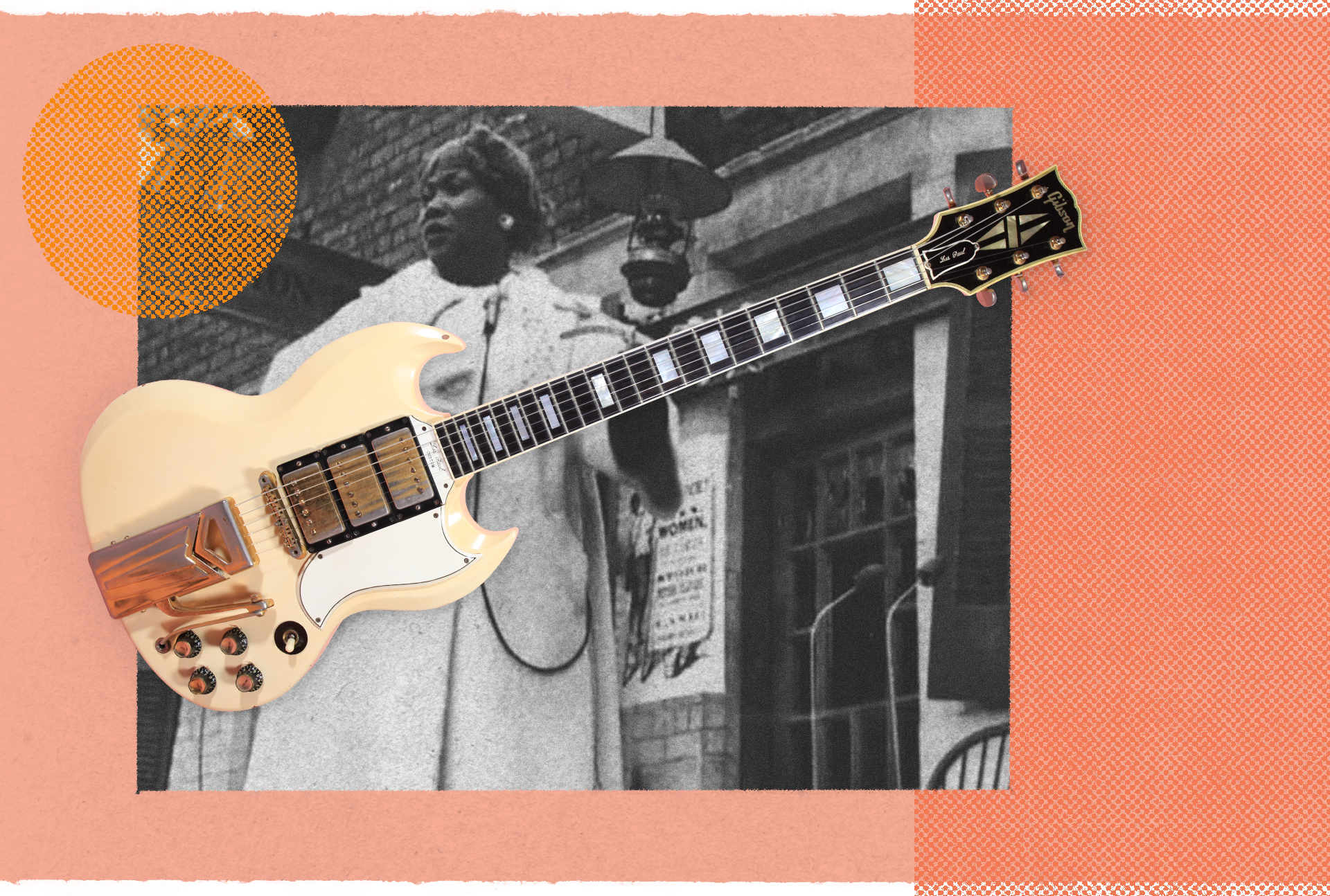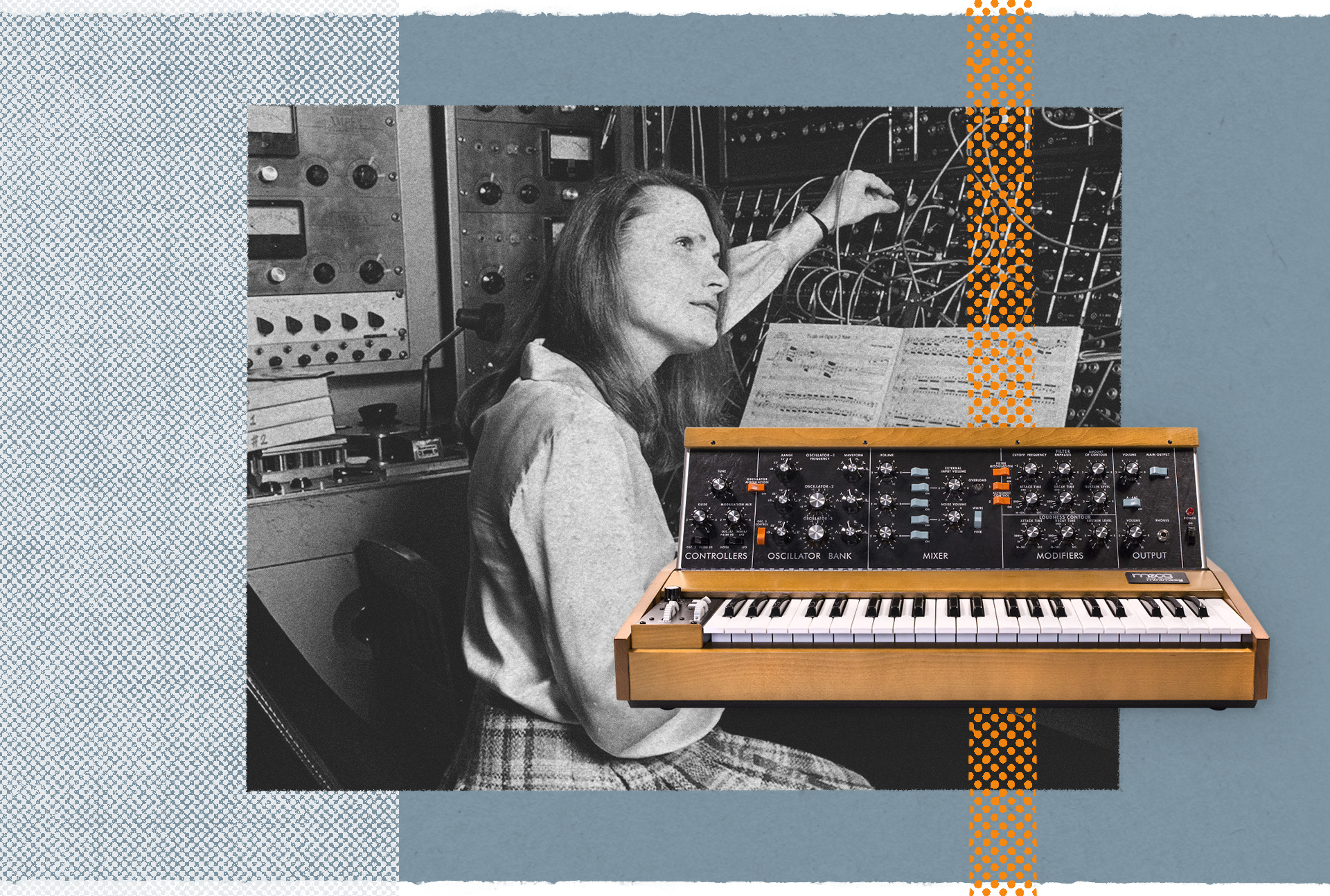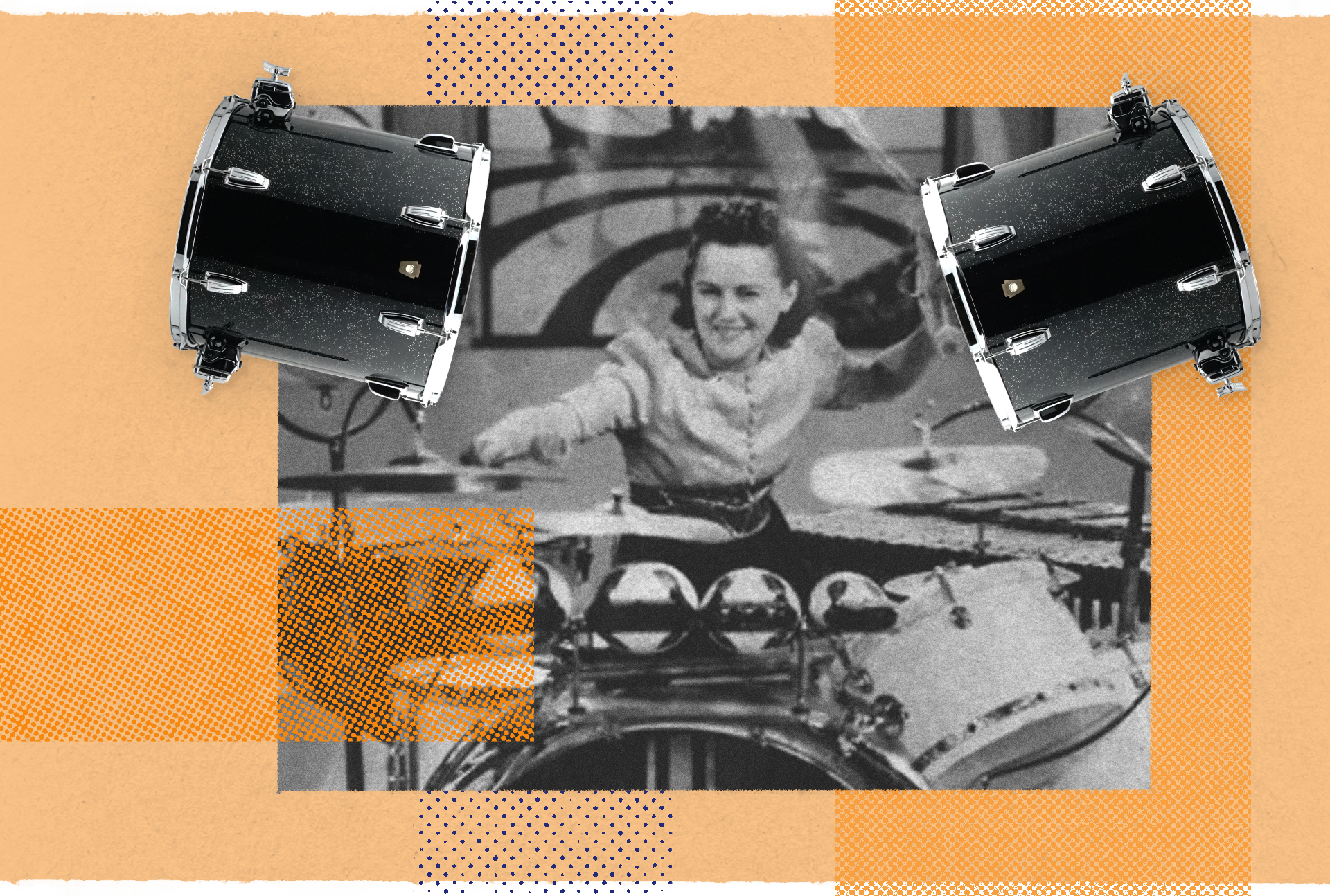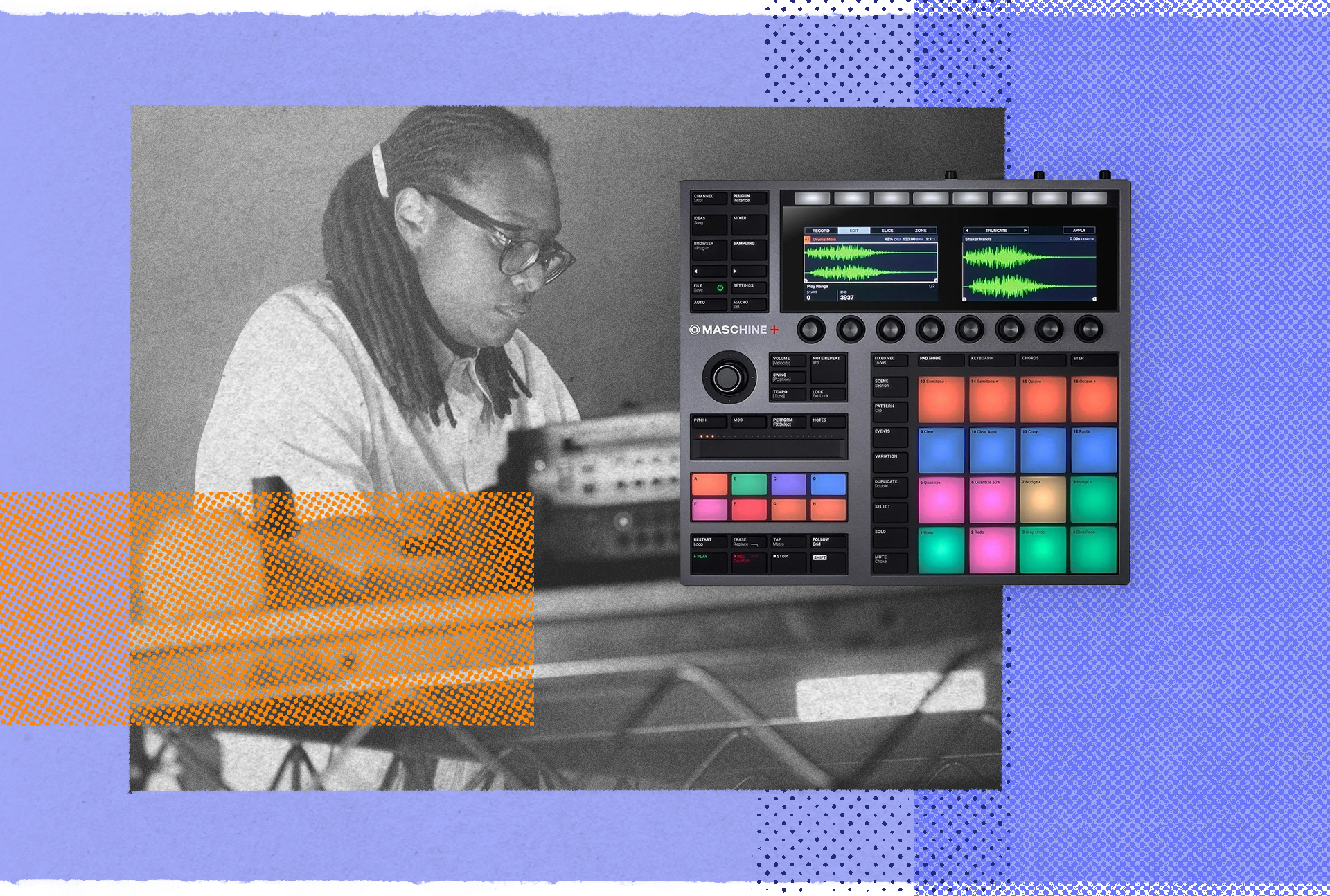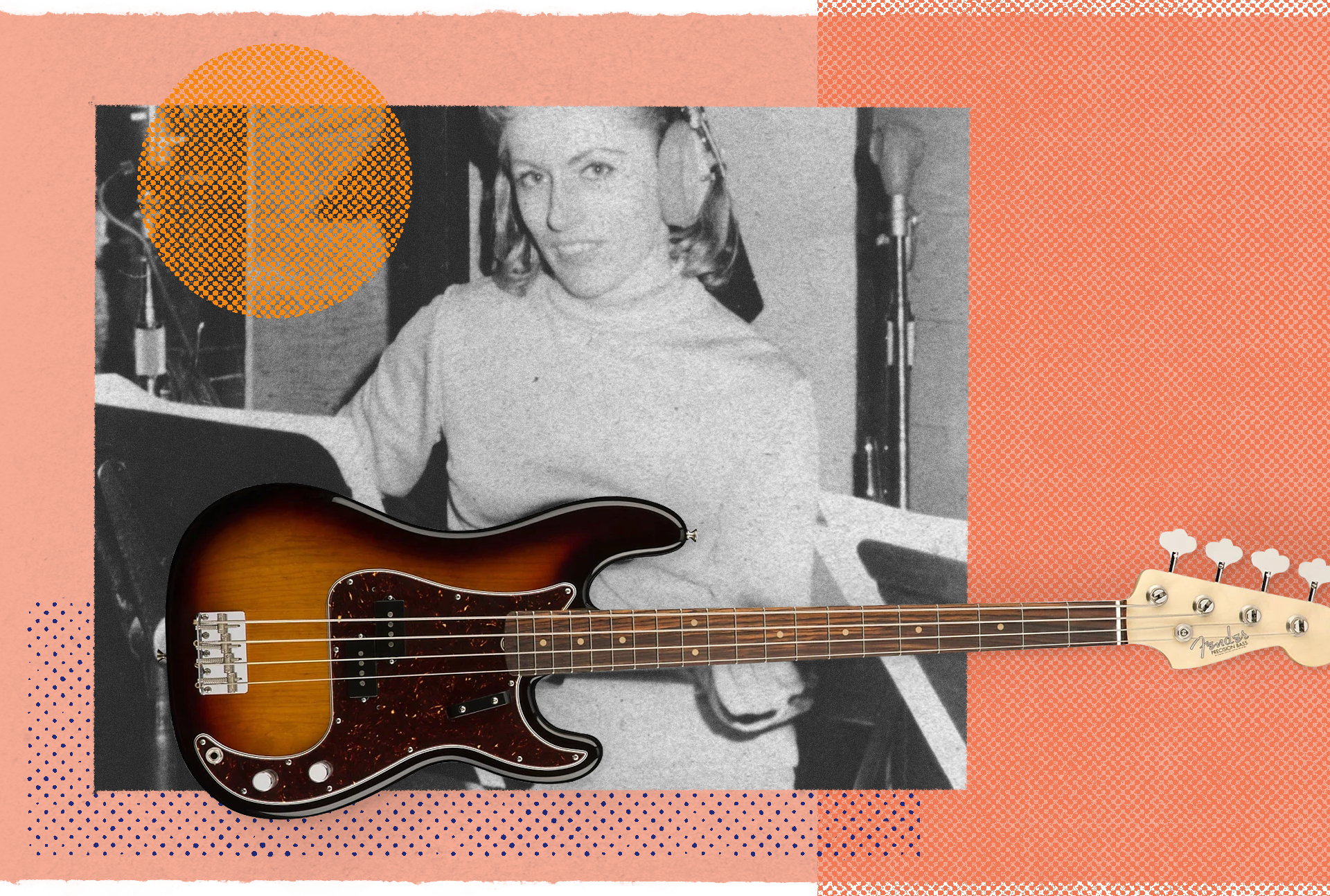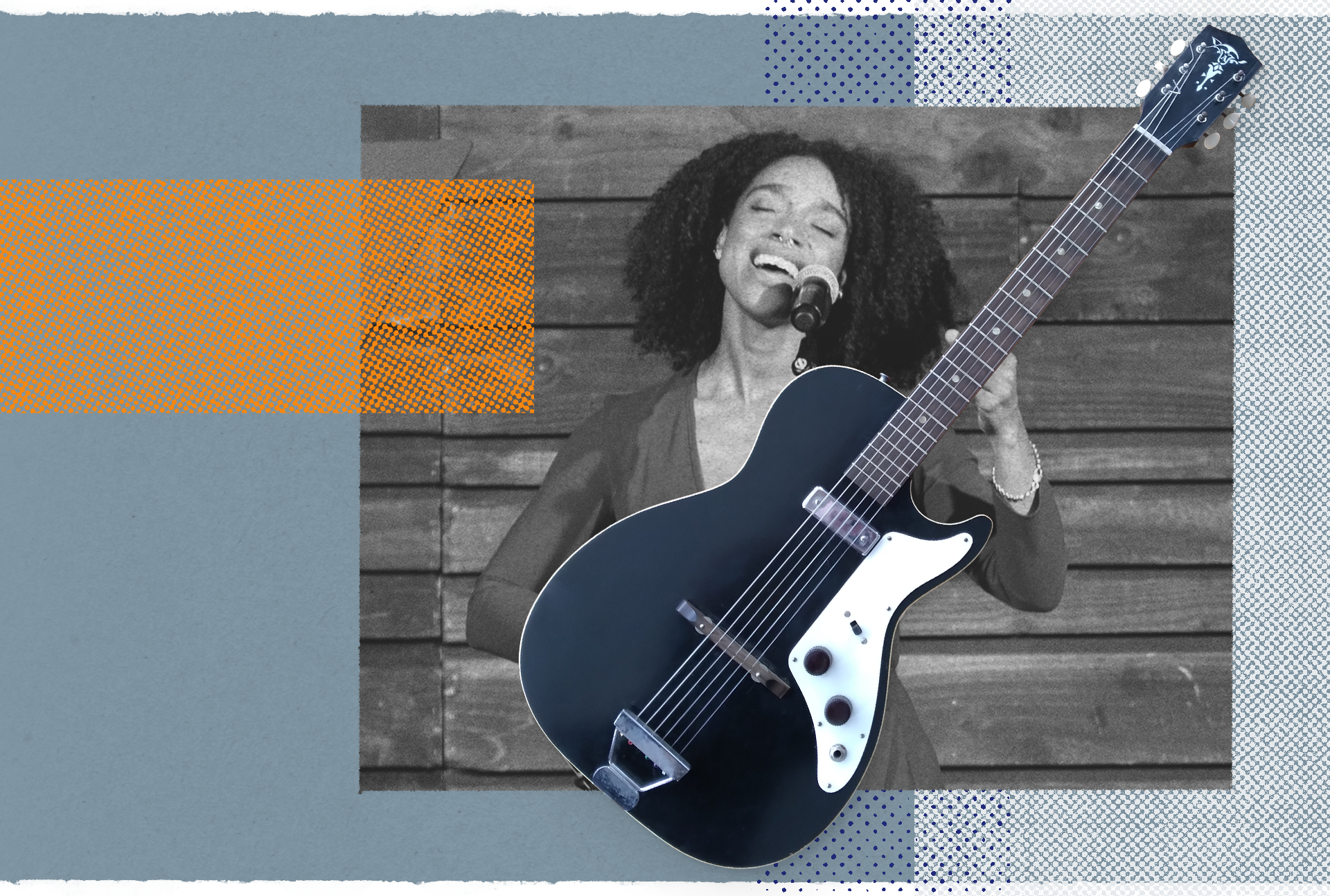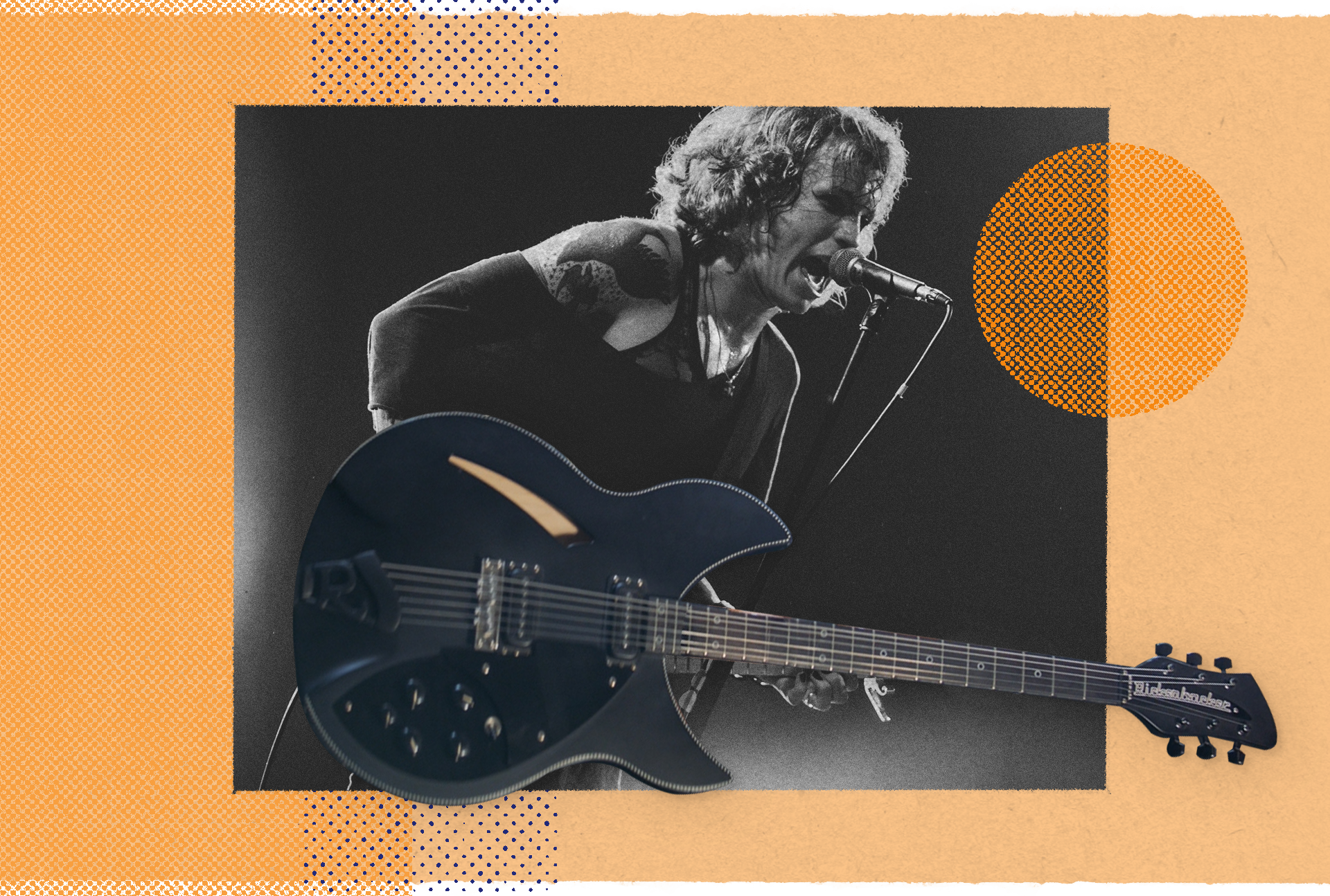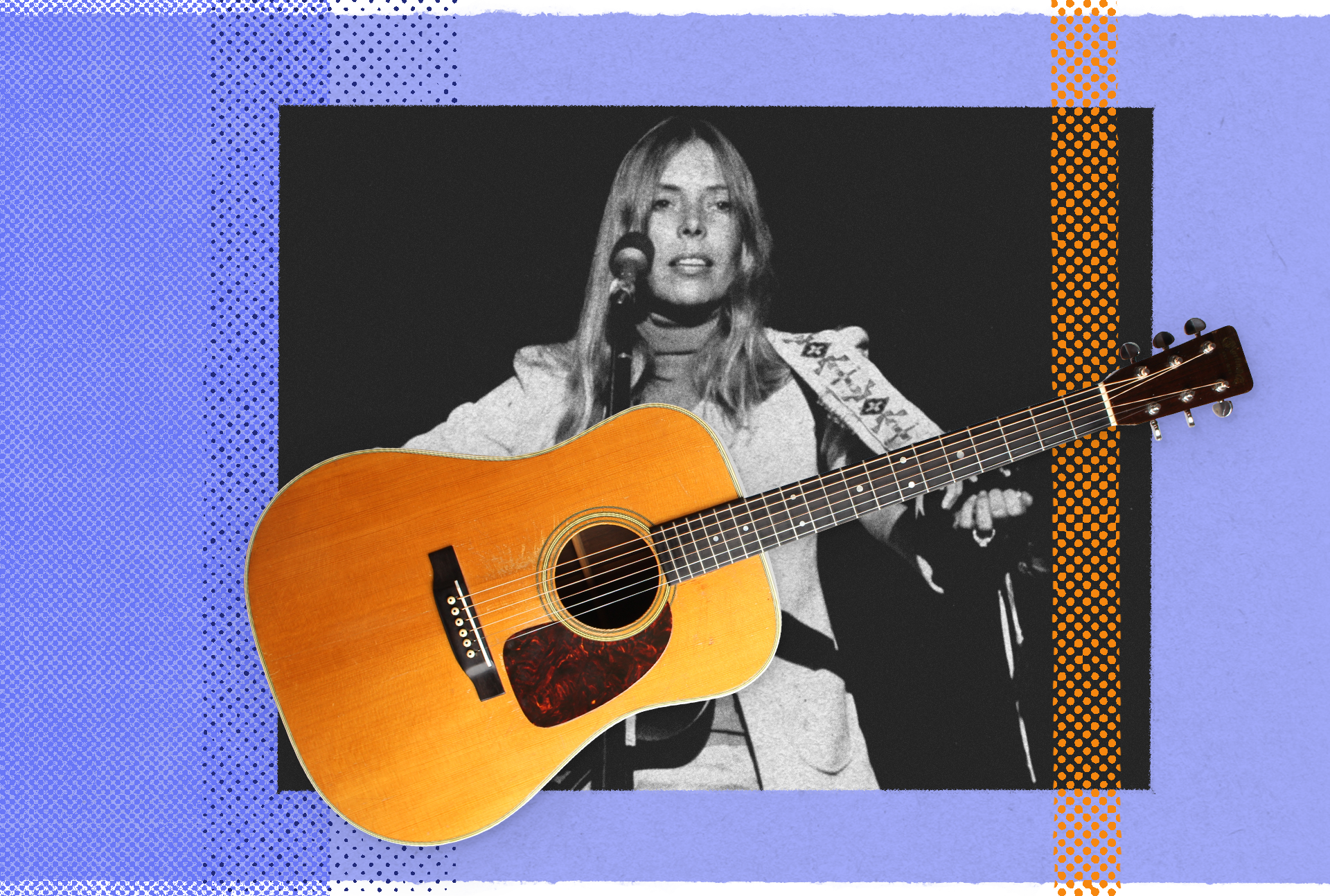Some artists are so closely associated with their instruments of choice that the combination becomes iconic: Bob Marley and his Les Paul Special, Mary Kaye and her Blonde Stratocaster, or Thundercat and his 6-String Ibanez Bass. Often, brands from Fender to Ludwig will work with artists or artists' estates to turn these instantly identifiable instruments into signature models.
This signature gear honors a musician's artistry, gives fans a chance to own an instrument with the artist's own specs or modifications, and can even become so popular that it grows beyond the association with any one player and becomes part of the musical instruments lexicon. For example, say, the Gibson Les Paul.
Many influential women in music have collaborated on signature models, especially in recent years, like Ibanez's Yvette Young YY10, Blackstar's Carmen Vanderberg CV30, Ernie Ball Music Man's St. Vincent Signature, and Fender's H.E.R. Stratocaster and Billie Eilish Ukulele.
But there are many other influential women from music's past and present who have had close associations with particular instruments but so far have not received the signature model treatment. So we're thinking of some of our favorites, and imagining the signature models that could be.
While we've thought up these particular signature models above, there is really no end to worthy contenders. Just in the bass-playing world alone, Kim Gordon, Gail Ann Dorsey, Esperanza Spalding, Kim Deal, and Laura Lee could have killer signature basses. Could Sennheiser make a witchy Stevie Nicks 441? What next-level instruments could Holly Herndon or Björk create with a manufacturer willing to give them free reign?
Earlier this month, we asked Reverb’s social media community what signature model they'd like to see, and we got too many great responses to list in full. They included: Bilinda Butcher's Mustang with the Jazzmaster tremolo, Gail Ann Dorsey's Jazz Bass, Meg White's red-and-white drum kit, Poison Ivy Rorschach's Gretsch 6120, Phoebe Bridgers' Danelectro, and Memphis Minnie's National.
The possibilities are truly endless, and, if the responses we received on social media are any indication, there's a large desire to see more signature models for women artists put into production.
In January of 2020, Spotify sponsored a study conducted by USC Annenberg titled "Inclusion in the Recording Studio? Gender and Race/Ethnicity of Artists, Songwriters & Producers across 800 Popular Songs from 2012-2019." It found that though women in music are gaining ground, male artists outnumbered women 3.6 to 1. The ratio of male to female producers across 500 popular songs was 37 to 1. Averaging data from the length of the study, only 12.5% of songwriters were women.
With numbers this low, is it a surprise we don’t see more women’s signature models at our local music stores? What steps can we take to build a more diverse industry where well-deserved signature models aren’t just a dream but a reality? How can we contribute to an inclusive environment that leads to a future full of signature models like the ones above?
To start, youth music education organizations like Willie Mae Future Sounds, countless Girls Rock camps across the globe, Chicxs Rockerxs Southeast LA, the NVAK Foundation, and Women’s Audio Mission, are actively providing young women with the guidance they need to envision themselves in the roles needed to break the mold. With the help of grants from Reverb Gives, they’re also getting the gear they need to make music.
After conducting their own study in 2018, Fender found that over 45% of new guitar purchases were driven by women and are taking steps to introduce more women’s signature models than they ever have before. An encouraging stat as we look toward the future paired with thoughtful action to help ensure more women players feel represented in guitar.
Learning how you can help support organizations like these in your own community helps immensely. Mentorship, being vocal about who you’d like to see represented by the gear companies you love, and uplifting women artists not just in March, but always, goes a long way. Maybe, with your help, we’ll start seeing some of these ideas, or even your own, come to life.

